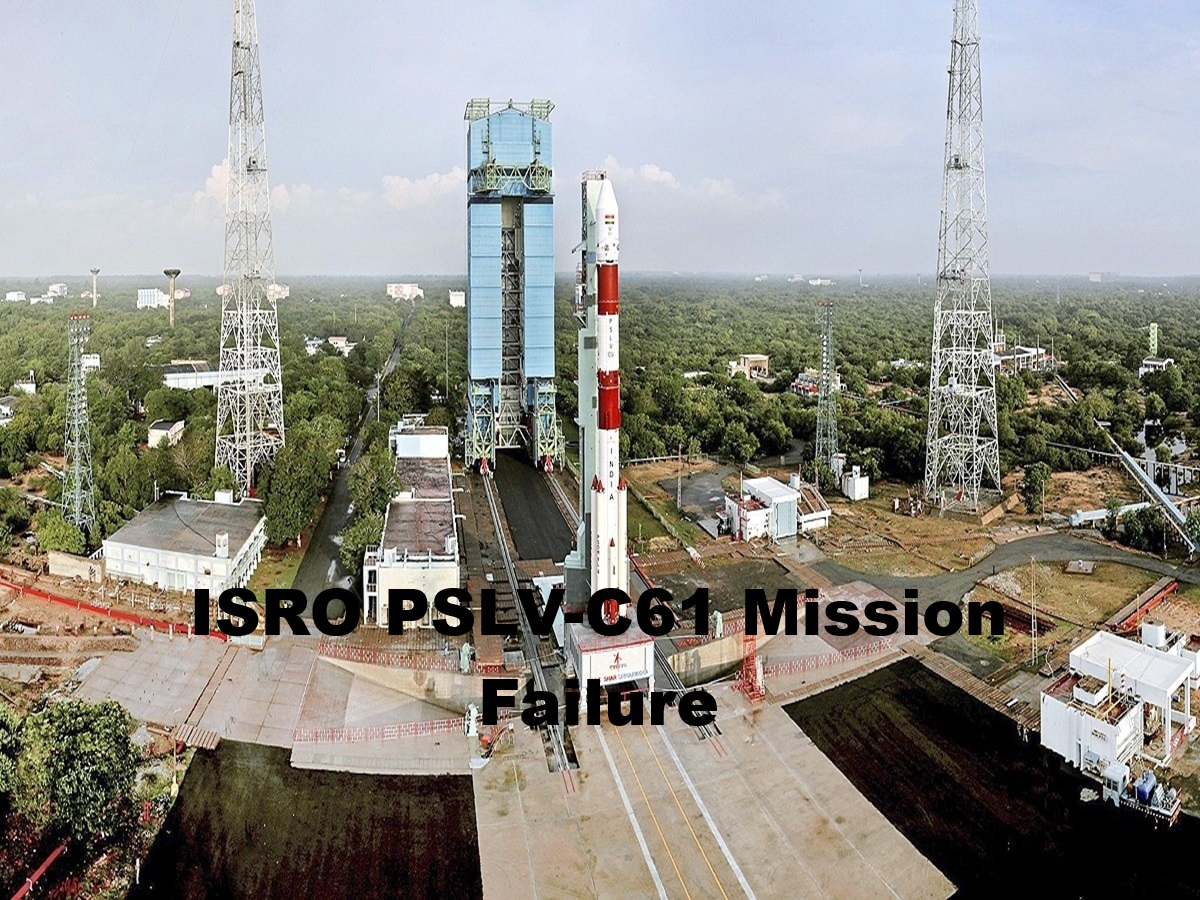News India Live, Digital Desk: ISRO PSLV-C61 Mission Failure: In a rare failure of India’s Space Program, the Indian Space Research Organization (ISRO) could not successfully place EOS-09 Earth observation satellite in orbit on Sunday morning due to discrepancy in the third phase of the PSLV-C61 mission.
The polar satellite launch vehicle (PSLV-C61) flew from the Satish Dhawan Space Center in Sriharikota at 5:59 am. Flight was normal in the first and second phase; However, the rocket deviated from its route due to the technical problem during the Solid Rocket Motor Stage. Accordingly, the mission was canceled before the satellite was released into the classroom.
ISRO chief S. Somnath (who was also mentioned as the director of V. Narayanan, the first V. Narayanan, spoke to the mission scientists after launch and confirmed the discrepancy.
ISRO chief said, “During the third phase of operation, we saw an discrepancy and the mission could not be completed. After a detailed analysis, we will return with further information.”
ISRO also accepted its failure in X (East Twitter) statement:
“The 101st launch attempt was made today. The performance of PSLV-C61 was normal till the second phase. The mission could not be completed due to an observation in the third phase.”
Technical analysis of discrepancy
The third stage of the PSLV used a solid rocket motor with high thrust capacity (maximum 240 kiloneutons) in the third stage of the PSLV after the rocket exit the Earth’s atmosphere. This phase has a very important role in ensuring the satellite installing the sun in the synchronized polar orbit (SSPO). The accident occurred in the important phase of this phase, due to which the mission was canceled.
The PSLV-C61 flight sequence included PS1 and PSOM booster firing, several phases separation and eventually the deployment of state-of-the-art Earth Overview Satellite EOS-09 with C-Band SAR. The satellite could work in all day and night weather conditions and its objective was to promote India’s functionality in areas such as agriculture, urban planning, disaster relief and border patrolling.
Mission stability objective also affects
In addition to imaging applications, EOS-09 was made with deorbiting fuel to prevent the satellite from contributing to long-term space debris to facilitate responsible space operations. The purpose of the PS4 phase was also for classroom reduction and inaction after deployment to reduce the orbital life, which reflects ISRO’s intention to adopt santial space practices.
Future direction and investigation
It was ISRO’s 101st Launch Mission and 63rd PSLV flight, with 27th flight with PSLV-AXL configuration. An internal committee will possibly study telemetry and flight data to identify the exact cause of failure.
Although this shock is quite big, ISRO is committed to take lessons from this failure and to resume its ambitious program of satellite launch as soon as possible.
Weight Gain: Eating Golgappa really increases weight? 90% of people are unaware of this because of this
